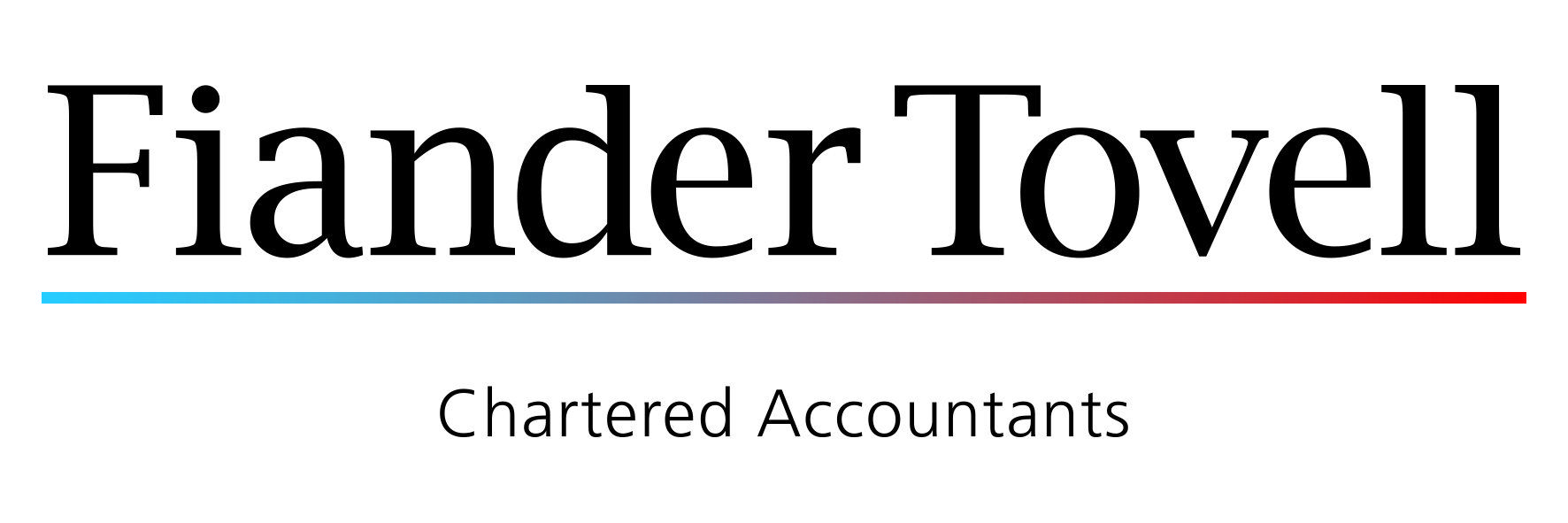
Understanding National Insurance as an Employer
If you’re an employer, did you know it is your responsibility to deduct National Insurance Contributions (NICs) from your employees’ payslips? Many overlook this crucial task without a dedicated payroll specialist, risking serious complications. However, you’re not alone – National Insurance can be quite complex and challenging for many business owners to manage.
Our in-house payroll team are well versed in NIC deductions. That is why businesses across the UK choose to outsource their payroll to us, allowing you to concentrate on their core operations while we manage their payroll seamlessly.
We thought what better way to showcase our expertise than to give you a breakdown of all the areas you need to consider when dealing with NICs.
How is National Insurance assigned?
NICs are categorised into different classes.
- Employees and some limited company directors (who are also considered employees of their own companies) pay Class 1 NI contributions.
- Self-employed individuals are responsible for paying Class 2 or Class 4 contributions.
- Class 3 contributions are voluntary payments made to HMRC to cover any gaps in an individual’s National Insurance record.
When you hire an employee, it is essential to request their National Insurance number for your payroll records. Every UK resident over the age of 16 has a unique NI number, which HMRC uses to track their National Insurance contribution history.
The exact National Insurance contributions an employee pays are then determined by their National Insurance category letter (A, B, C, H, J, M, V and Z) and their income threshold. As an employer, it’s your responsibility to determine your employees’ category letters to calculate the correct contributions for both you and them.
Most employees fall under Category A. For more information on other categories, visit the gov.uk website.
National Insurance Contributions (NICs) for Employees and Employers
Employees contribute to National Insurance (NI) based on their weekly earnings, deducted from their regular pay (monthly or weekly). As an employer, you must deduct these contributions and forward them to HMRC. HMRC’s payroll calculators can help determine the correct NI contributions.
Company directors pay NI on their annual income (salary and bonuses) above the primary threshold of £12,570 for the 2023/24 tax year. Directors can choose to pay NI contributions each pay period or after their earnings surpass the threshold.
In addition to deducting Class 1 NICs from your employees’ earnings, as an employer, you must pay secondary contributions based on the employee’s NI category. Exceptions include:
- Employees under 21
- Apprentices under 25
- Armed forces veterans
- Freeport employees
You must also pay Class 1A NICs on employee benefits in kind and certain termination payments over £30,000. Examples include private health care and company cars. These must be reported and paid annually.
How can we help?
Whether you’re an employer or employee, employed or self-employed, getting NICs right is essential. HMRC has extensive enforcement powers and anti-avoidance legislation at its disposal. Therefore, it’s crucial to seek professional advice to ensure all compliance matters are properly addressed.
When you outsource your payroll to FTPay, your business will be in safe hands. While NIC requirements and regulations seem never-ending, we are here to simplify the process for you. Our expert team provides comprehensive support to ensure your business remains compliant with all NIC obligations. Trust us to navigate the complexities, allowing you to focus on what you do best – growing your business.
For more information about FTPay, watch our animated video taking you through our service here. We also have a free guide dedicated to all aspects of NICs which can be found here.
Contact our Commercial Client Director, Fabrice Legris, today at fabrice.legris@fiandertovell.co.uk to learn more about how we can assist you.
